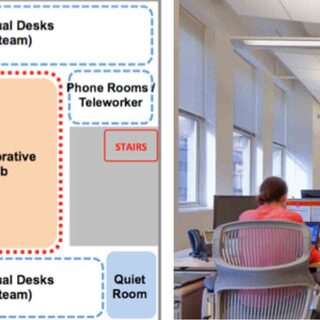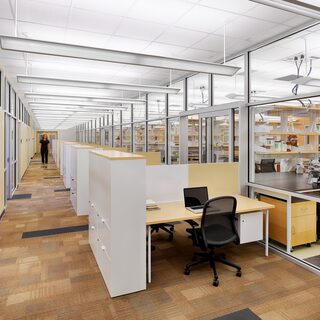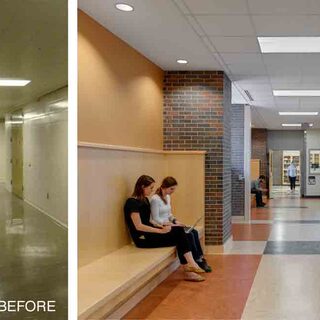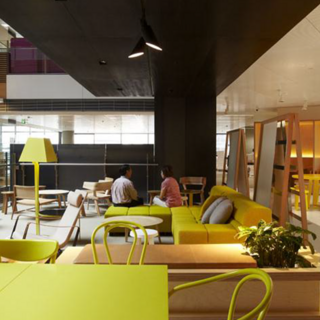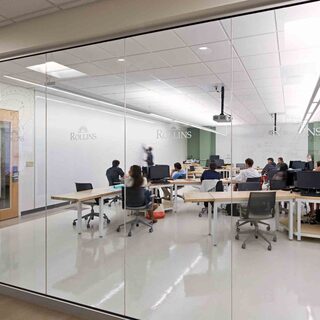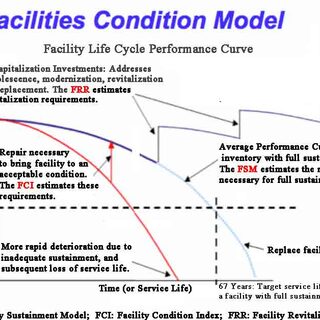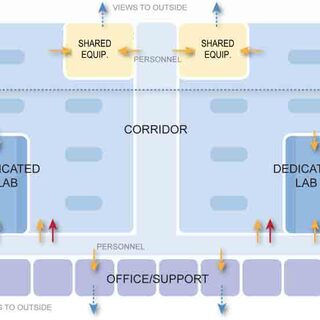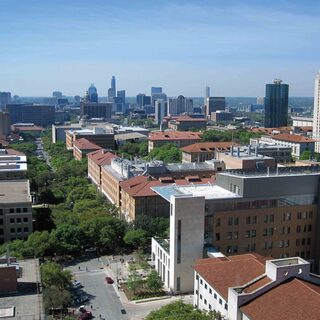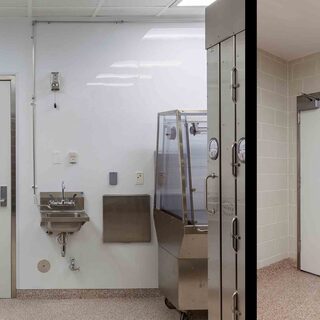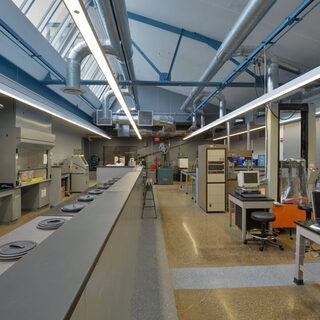Change Management Strategies for Successful Workplace Transformation
Whether personal or professional, change evokes an emotional response. Workplace change initiatives, especially those relating to space, nudge (or jolt) employees out of their comfort zones and typically entail some modification in routine and behavior. Relationships change, as well, and questions arise about how to continue performing at a high level in the new environment. The fastest, most productive change strategies take these human dimensions into account.

